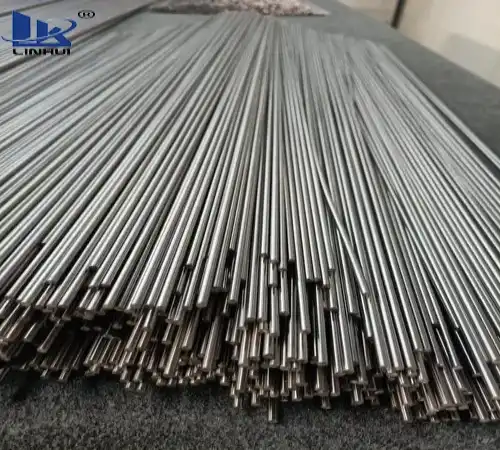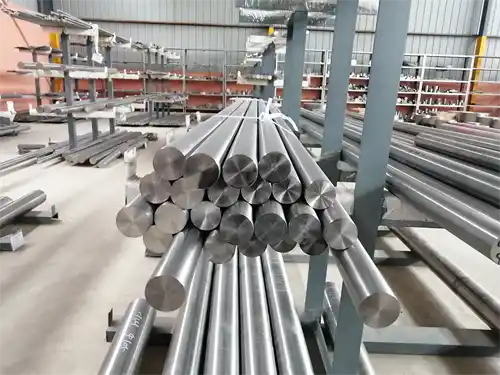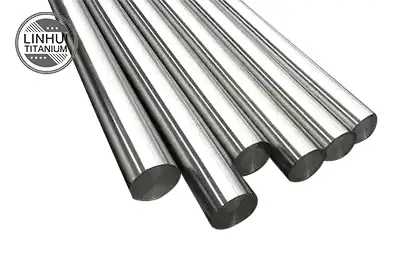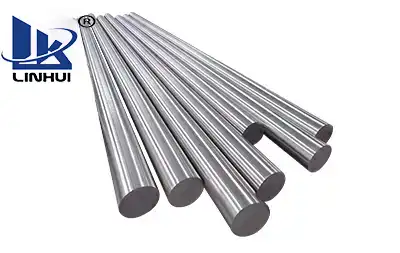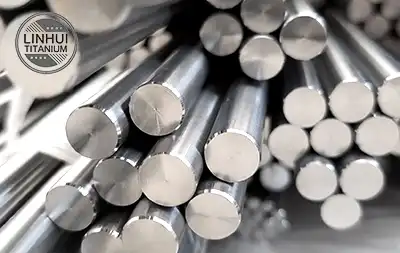Titanium bar for dental implants
Titanium (Ti): the content should not be less than the specified minimum value to ensure the basic performance of the material.
Aluminum (Al): usually has a certain range of content requirements, for example, in titanium alloys aluminum elements play a role in improving strength and so on.
Vanadium (V): is also an important alloying element in titanium alloys, and the accurate control of its content has an important impact on the performance of titanium rods.
Other impurity elements: such as iron (Fe), oxygen (O), nitrogen (N), carbon (C), hydrogen (H) and other impurities are strictly limited in content to ensure the biocompatibility, corrosion resistance and mechanical properties of the material.
Dental implants are artificial tooth roots used to replace missing teeth, which need to be closely integrated with human bones to provide stable support. As one of the main materials for dental implants, titanium bar for dental implants have many unique advantages, making them an ideal choice.
Material properties of titanium rods
Biocompatibility: Titanium is a biologically inert material with good compatibility with human tissue. After the titanium bar for dental implants is implanted in the human body, it will not cause allergic reactions, rejection reactions or inflammation, and can be closely integrated with the surrounding bone tissue to form a strong bone integration.
Corrosion resistance: In the oral environment, the titanium rod can resist the erosion of saliva, food residues and various bacteria, and maintain long-term stability and reliability. It will not rust, corrode or discolor, ensuring the beauty and service life of the implant.
Mechanical strength: Titanium has high strength and hardness and can withstand chewing forces and various pressures in the mouth. Titanium rods can provide sufficient support for dental implants and ensure the function and stability of teeth.
The Production process of titanium rods
Material selection: titanium bar for dental implants is selected as the raw material to ensure the biocompatibility and mechanical properties of the material.
Smelting and casting: Through advanced smelting and casting technology, titanium or titanium alloy is melted into a liquid state, and then poured into a mold to form the initial shape of the titanium rod.
Machining: The titanium rods after casting are machined, including cutting, grinding, polishing and other processes to achieve the required dimensional accuracy and surface quality.
Surface treatment: The titanium bar for dental implants are surface treated, such as sandblasting, acid etching, anodizing, etc., to improve their biocompatibility and ability to integrate with surrounding tissues.
